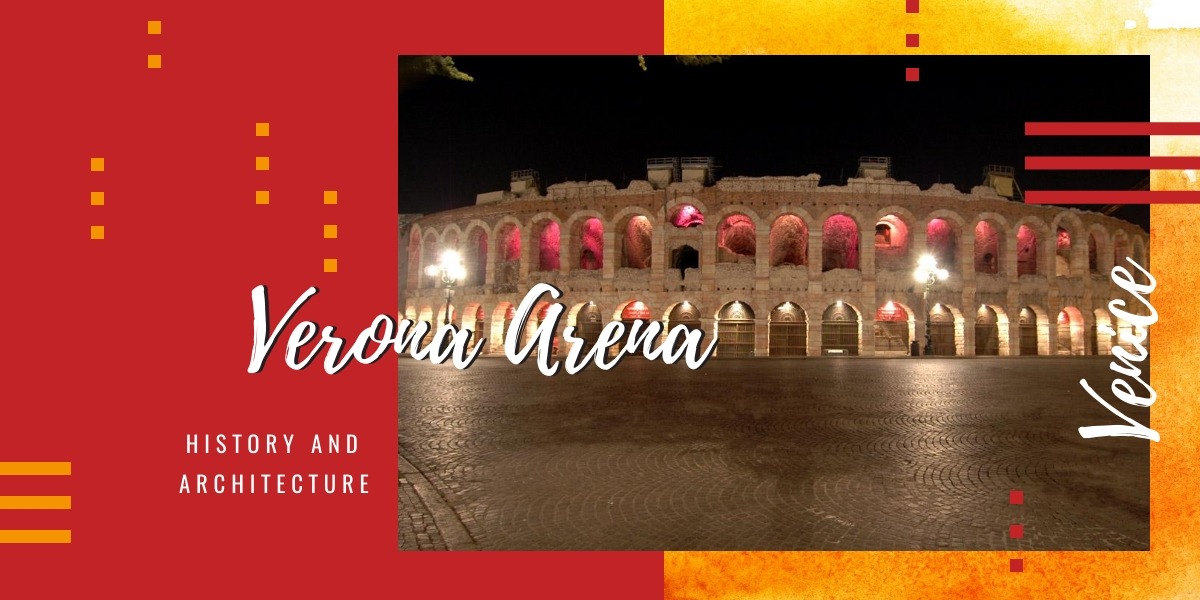Have you ever been to Verona? Among all the monuments and attractions that are certainly worth a visit is the Arena of Verona, one of the most impressive monuments of the Roman era in Veneto.
Why is it called Arena? The term derives from the Latin and means sand, due to the sand that used to be shed before each game or show that took place inside.
The Verona Arena is in fact a jewel, a magnificent monument of great archaeological interest in Europe. It represents the third largest amphitheater after the Roman Colosseum and the Amphitheater in Naples. Although it is known that the Arena was built in the 1st century AD, historical experts and architects do not agree with the date of construction.
The Verona Arena: how it is made
How has the Arena of Verona been so well preserved? The Romans created a depression by digging the hill known as Pastello and laid a concrete foundation. Three huge ring drains opened beneath the base of the floor from which three concentric galleries formed, forming the main structure of the first floor.
The amphitheater has two rows of arches and is located in an area 2 meters below the road. Originally, the outer part developed on 3 floors of marble arches that collapsed at the beginning of 1000 following a strong earthquake.
How tall was the Arena of Verona originally? It reached 30 meters without the upper crown. This gives a general idea of what the façade should have been, composed of 73 Veronese stone columns.
A marble ellipse
The Arena has the shape of an ellipse, it consists of a large axis of 75.69 meters and a smaller one of 44.44. The external axis, including the wall of which almost nothing remains today, measures 152 meters on one side and 123 meters on the other.
And even the stage is no joke! Just think, it’s the largest stage in the world: 47 meters wide and 28 deep.
The Verona Arena today
There are many theatrical and musical events that take place every year in the incredible scenery of the Arena of Verona, with lights and special effects that create a unique atmosphere. If at the time when it was created there were often bloody shows such as gladiator fights or more recreational ones like equestrian circuses, rides, tournaments and entertainment of various kinds, starting from the XVIII century the theater became the regular guest.
From that moment on it hosted operas such as Giuseppe Verdi’s Aida in 1913 and every year the staging of famous operas and plays attracts lovers of the genre from all over the world.
Ready to discover the Verona Arena? Don’t be afraid of long queues in the sun, we have a tip for you: buy the ticket in advance and let yourself be guided in this splendid journey through the centuries.




